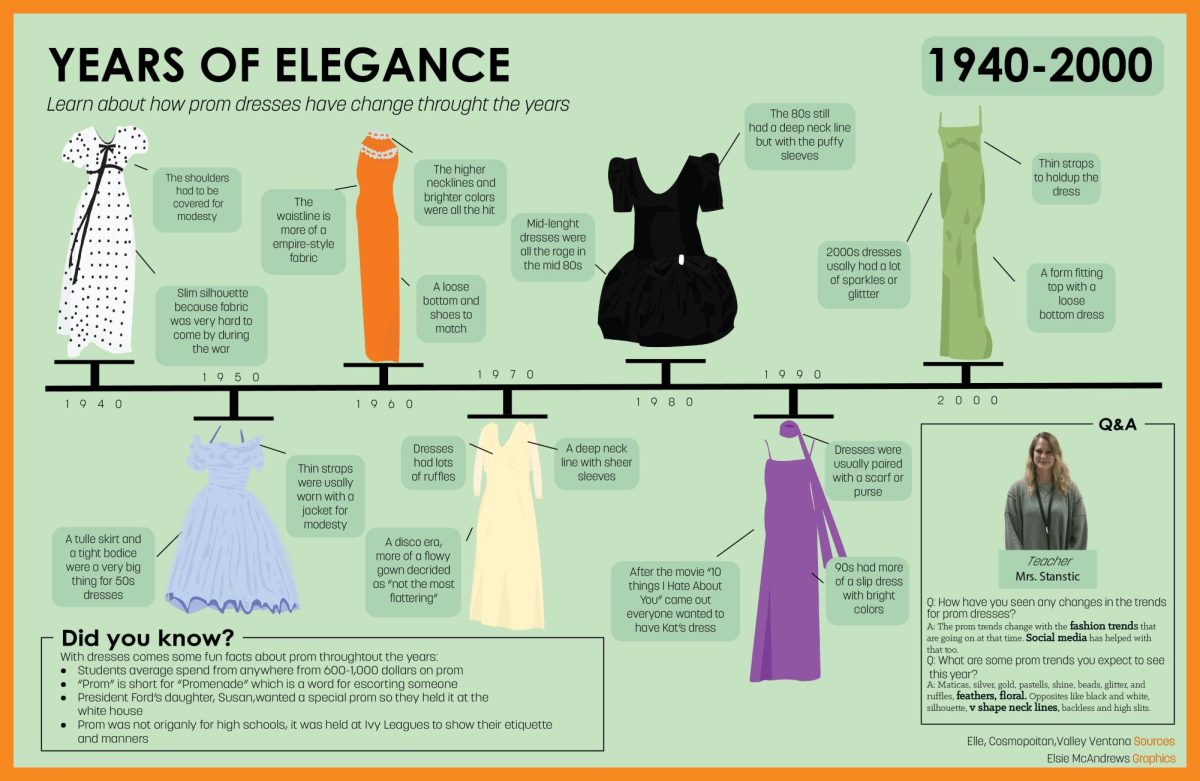By Sara Rogers
<[email protected]>
I’ll admit it. I’m an addict. Not an addict in the traditional drug or alcohol sense, but a more 21st century version: addicted to the fascinating and overwhelming world of social-networking.
But this addiction is not solely one-sided. Blackberry in hand, I face constant and inescapable exposure to the stream of information posted on my friends’ Facebook and Twitter accounts in the form of texts and mobile updates. Even if I am nowhere near a computer or have no desire to check the online social realm, the realm follows me.
As harmless as it seems, this constant exposure can prove destructive. According to new research released this month by the American Academy of Pediatrics (APA), such exposure fuels a new phenomenon known as “Facebook depression,” a condition arising from comparing and judging oneself against one’s network of “friends.”
While I’ve never felt full on depressed after checking Facebook or Twitter, I can certainly see how this “depression” could affect users, especially teenagers. The 24/7 flow of information in the form of status updates, photos or tweets is overwhelming. Even if it was not my original intent, I find myself weighing my life against those of my peers. In such an openly social and self-critical society, I am confident that I am not the only one feeling the pressures of social media.
According to a 2010 study done by the Kaiser Family Foundation, youth and teenagers ages eight to 18 spend an average of seven hours a day engaging in or being exposed to some form of electronic activity. With more than 500 million active users and 200 million active mobile users, this seemingly insignificant problem takes on a whole new level of importance.
The APA, however, does acknowledge a difference between clinical depression and its new technology-driven counterpart. Despite the prevalence of “Facebook depression,” this is a far less extreme issue than the types of depression affecting millions today. Leading to disappointment and unhealthy self-judgments, this social media-driven issue should be taken seriously, but with a grain of salt. Some users are more prone to negative self-perceptions and comparing themselves to their peers. As with other image problems, such as eating disorders, social media depression does not affect everyone and will trigger deeper problems in various people to varying extents.
That being said, I question how much blame should fall on social networking versus the individual user. I do not think Facebook causes this issue but rather exacerbates an existing inferiority complex or feeling of inadequacy.
For instance, my tendency to compare myself to my Facebook friends and Twitter followers does not solely arise because of these sites. In fact, I’m certain my competitive nature would lead me to weigh myself against my peers even in the absence of social media.
Despite that, it would be ill advised for the public to write off “Facebook depression” as a petty self-esteem problem. Depression, in the traditional sense, does not come and go, but typically stays with the individual throughout his life, which is why some professionals question the validity of the issue. Social media, however, is a relatively new monster. We are not acclimated to the endless influx of information regarding the activities of peers. It is unfeasible to assume the typical traits of depression will still apply in such a new situation. While “Facebook depression” may not fit all of the characteristics of clinical depression, the issue is still affecting a large and expanding number of teenagers and should not be overlooked.
On the bright side, however, the problem is not permanent. One of the easiest ways to lessen the effects of social media depression is to, quite simply, avoid or limit exposure. Granted, with the various methods of accessing social media, this is not as easy as it sounds. As soon as I bring up the Internet on my computer, I am immediately taken to my home page: the glorious blue-bordered Facebook site. Second stop? The always-pulsing live Twitter feed. Despite the easy access, I can change my home page and bookmarks.
Moving on to my phone. Mobile Facebook? Check. Mobile Twitter? Check. Text updates from both? Yes sir. The easiest adjustment here is to turn off the text updates, therefore giving myself control as to when I want to receive social media news.
I do not want to completely eliminate social networking from my life (where would I be without my beloved Twitter?), but I also do not want it to control or determine the value I place upon myself.
Perhaps the most important thing we should take from “Facebook depression” is that it is important to know how much is too much on an individual basis. I do not want to eliminate the social networking beast from my life, but I will admit I need to tame it.



















































![Review: “Suits” is a perfect blend of legal drama and humor [MUSE]](https://hilite.org/wp-content/uploads/2024/04/unnamed-1.png)
![Chelsea Meng on her Instagram-run bracelet shop [Biz Buzz]](https://hilite.org/wp-content/uploads/2024/04/IMG_2446-1200x838.jpg)
![Review: Quiet on Set: The Dark Side of Kids TV is the long awaited exposé of pedophilia within the children’s entertainment industry [MUSE]](https://hilite.org/wp-content/uploads/2024/04/unnamed.jpg)
![Review: “The Iron Claw” cannot get enough praise [MUSE]](https://hilite.org/wp-content/uploads/2024/04/unnamed.png)
![Review: “The Bear” sets an unbelievably high bar for future comedy shows [MUSE]](https://hilite.org/wp-content/uploads/2024/03/unnamed.png)
![Review in Print: Maripaz Villar brings a delightfully unique style to the world of WEBTOON [MUSE]](https://hilite.org/wp-content/uploads/2023/12/maripazcover-1200x960.jpg)
![Review: “The Sword of Kaigen” is a masterpiece [MUSE]](https://hilite.org/wp-content/uploads/2023/11/Screenshot-2023-11-26-201051.png)
![Review: Gateron Oil Kings, great linear switches, okay price [MUSE]](https://hilite.org/wp-content/uploads/2023/11/Screenshot-2023-11-26-200553.png)
![Review: “A Haunting in Venice” is a significant improvement from other Agatha Christie adaptations [MUSE]](https://hilite.org/wp-content/uploads/2023/11/e7ee2938a6d422669771bce6d8088521.jpg)
![Review: A Thanksgiving story from elementary school, still just as interesting [MUSE]](https://hilite.org/wp-content/uploads/2023/11/Screenshot-2023-11-26-195514-987x1200.png)
![Review: When I Fly Towards You, cute, uplifting youth drama [MUSE]](https://hilite.org/wp-content/uploads/2023/09/When-I-Fly-Towards-You-Chinese-drama.png)
![Postcards from Muse: Hawaii Travel Diary [MUSE]](https://hilite.org/wp-content/uploads/2023/09/My-project-1-1200x1200.jpg)
![Review: Ladybug & Cat Noir: The Movie, departure from original show [MUSE]](https://hilite.org/wp-content/uploads/2023/09/Ladybug__Cat_Noir_-_The_Movie_poster.jpg)
![Review in Print: Hidden Love is the cute, uplifting drama everyone needs [MUSE]](https://hilite.org/wp-content/uploads/2023/09/hiddenlovecover-e1693597208225-1030x1200.png)
![Review in Print: Heartstopper is the heartwarming queer romance we all need [MUSE]](https://hilite.org/wp-content/uploads/2023/08/museheartstoppercover-1200x654.png)























![Review: Ladybug & Cat Noir: The Movie, departure from original show [MUSE]](https://hilite.org/wp-content/uploads/2023/09/Ladybug__Cat_Noir_-_The_Movie_poster-221x300.jpg)

![Review: Next in Fashion season two survives changes, becomes a valuable pop culture artifact [MUSE]](https://hilite.org/wp-content/uploads/2023/03/Screen-Shot-2023-03-09-at-11.05.05-AM-300x214.png)
![Review: Is The Stormlight Archive worth it? [MUSE]](https://hilite.org/wp-content/uploads/2023/10/unnamed-1-184x300.png)

